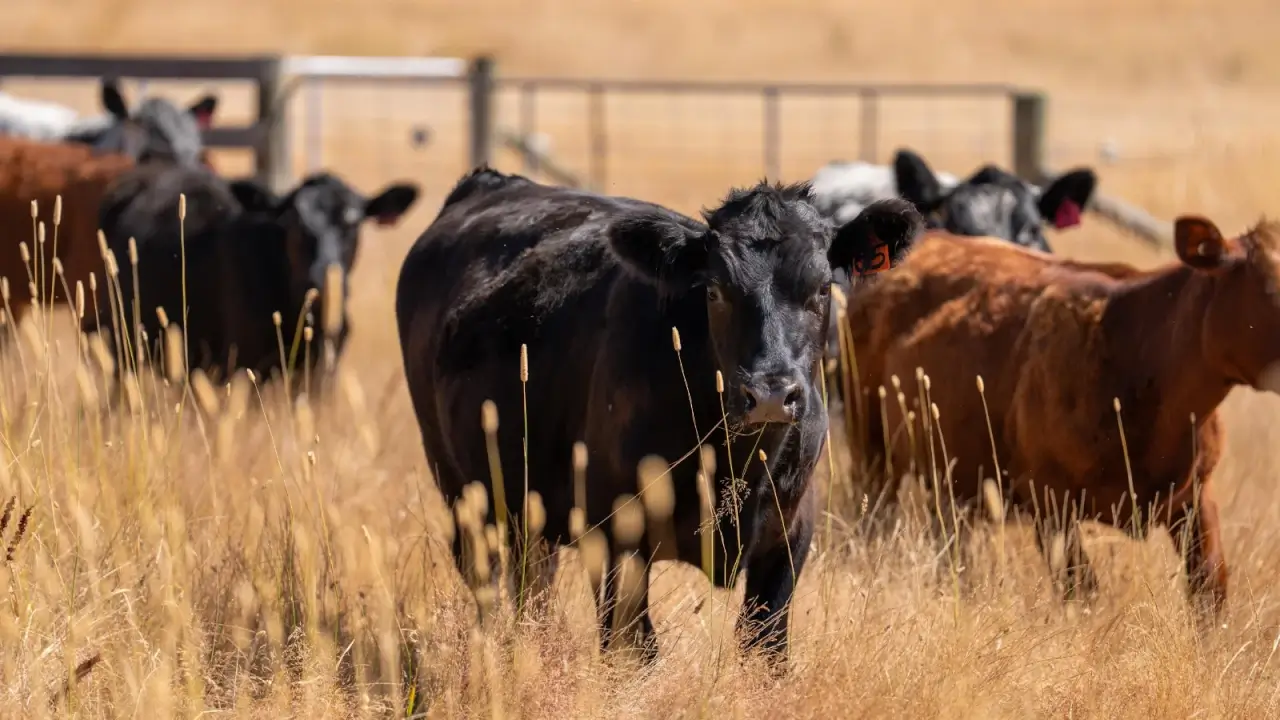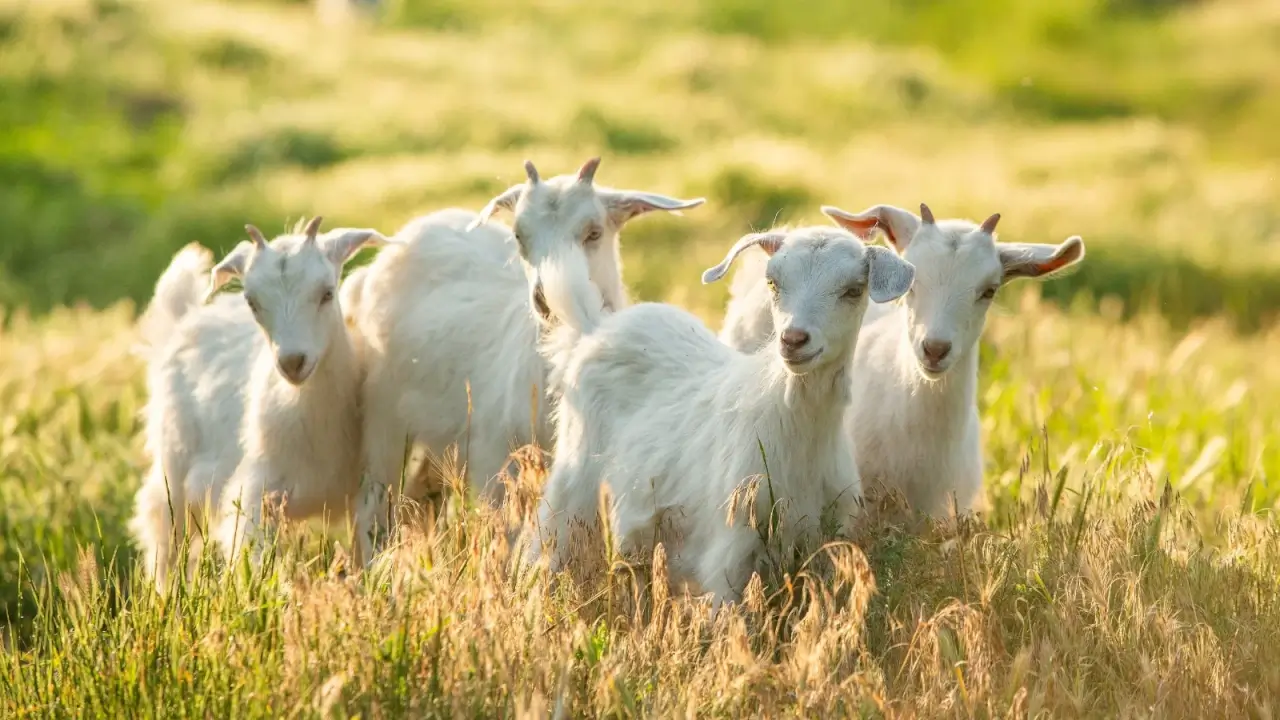Regenerative grazing is not a new practice, but it is to many large-scale ranchers used to the traditional industrial model. But the importance of practicing regenerative grazing has never been higher. By taking a few steps in the right direction consistently, it’s possible to convert a ranch to a more restorative state.
Terms like silvopasture, agroforestry, and restoration ranching may seem intimidating, but they’ve been in practice for centuries. Because feed prices and ranching in general are increasingly becoming more expensive, introducing a few regenerative techniques will improve every pasture.
If you’re not sold on a full conversion, try a rotational model first, and then consider including native forage. It’s not about breaking the bank or your back with huge changes. It’s about persistent and consistent ones that improve your operation, and in turn, the health of your livestock.
Start Small
Begin with a portion of your ranch, rather than the entire thing. As long as you can rotate your livestock through at least four sections of pasture, you’ve got a great foundation for a regenerative grazing model. The goal is to go easier on the land so you don’t have to do as much work, and your livestock become healthier.
The general rule for cattle is to have at least one acre dedicated to each cow on your land. If you want to do a quick conversion, selling some of your cattle may be a good option. This is ultimately your decision. You can fit in a few more goats or sheep per acre, and about the same amount for llamas.
Check in with your local NRCS branch to determine the best sizing. Then, start to formulate a plan. Get as detailed as possible to make it easier to handle any unexpected changes and developments.
Use a Survey

If you don’t already have a survey of your land, it’s worth getting one before you start planning your regenerative grazing routine. Each state has its own requirements for a survey and its own fees. Once you’ve arranged the survey and you’ve obtained it, you’ll have a good idea of where the bounds of your land are.
Use the survey to figure out where pastures can go. Block off the entire space, and calculate the number of acres. Keep this in your back pocket as you continue planning.
Divide the Acreage

Once you know how much space you can dedicate to a rotational method, you have the foundation of your regenerative grazing operation. Divide the acreage into multiples of four, with four being the absolute least amount of sections. If you need to split your herds to accommodate multiple 4-sections, that’s just fine!
Remember to think about the larger features of your land as you think about where the bounds of each pasture go. Large bodies of water, rocks, and escarpments are important to consider. Determine whether or not you’ll use physical or virtual fencing.
Know Your Plants

A truly regenerative grazing operation relies on native plants to ensure the least negative impact on the local ecosystem. If you don’t know which grasses are livestock-safe, and you don’t know what’s regional, reach out to a local Native Plant Society. Your local extension office can help, too.
Look for perennial grasses and forbs that won’t harm the digestive system of your animals. Perennials also offer the best feed as they return after they’ve had some time to recover from grazing. A diverse array of plants provides the most nutrition and the best service to your local natural areas. Silvopastures should have native trees for the best shade and local benefit.
After you’ve started the rotation, you also want to be aware of which plants are likely to grow on your land and aren’t safe. These should be promptly removed as soon as they’re discovered to protect your herd. Another consideration in this regard is how you’ll control invasive species.
Prepare the Routine

Before you get the whole regenerative grazing operation going, install your fences, seed your pastures, and divide up your herds. Draw out the rotation plan, allowing for grazing and rest in alternations through the seasons.
If you need to control invasives, reach out to your local NRCS chapter to plan controlled burns, if that makes sense for the region you’re ranching in. Ranches in the Great Plains have ecosystems that have naturally evolved with fire, and ensuring the fuel is low in wildfire season protects you and your herds.
If you are using a silvopasture model, plant your trees, and protect them from your herds and wildlife. Put cages around young trees to prevent damage. In all operations, set a schedule for seeding and, if necessary, mowing, too.
If you’re in an area with a ton of whitetail deer, consider leasing part of the land for hunting if your acreage allows. Make sure your lease falls in line with local regulations and follows policies set by your state’s Parks and Wildlife department.
Once you get going with a restorative and rotational model, you will find you don’t have to do as much work. Livestock won’t need as much medical attention, and their nutritional profile will improve as long as you’re doing what you need to do to keep them fed.
Rethinking Pests, Invasive Species and Other Paradigms
An excerpt from “Farming on the Wild Side: The Evolution of a Regenerative Organic Farm and Nursery,” a book about a couple’s evolving relationship with an ecosystem and its inhabitants.
The post How to Get Started With Regenerative Grazing: 5 Recommendations appeared first on Modern Farmer.


